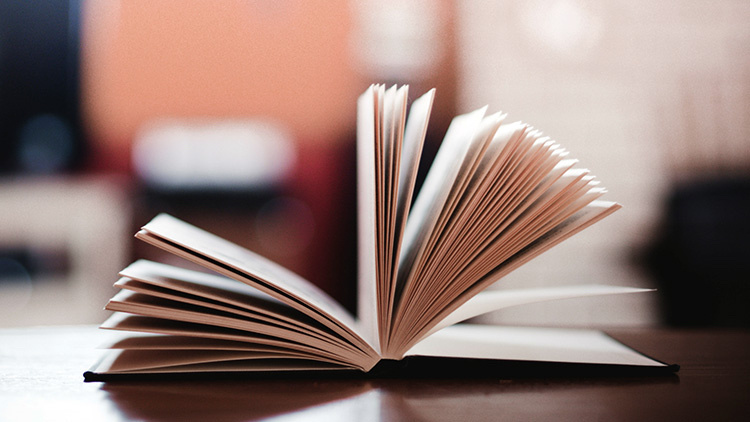
Title: A Journey Through the Culture and Language of Australia's Indigenous People: The Englishaboriginal Community
Australia is a country that has been home to diverse cultures, languages, and landscapes over its history. Among these diverse groups, one such group stands out with its rich history and unique culture. It is the Englishaboriginal community, which comprises an estimated 20% of the Australian population.
The Englishaboriginal community was formed by European colonizers who arrived in Australia in the late 19th century. Initially, they brought along their own languages, traditions, and customs. However, as time passed, these traditions were gradually integrated into Australian society. Over time, English became the dominant language, and as a result, the Englishaboriginal community developed its own distinct language, known as Englishaboriginal or Eora.
The Englishaboriginal community consists of people from all walks of life, including indigenous Australians, non-indigenous Australians, and other cultural minorities. The main language spoken among the Englishaboriginal community is English. Englishaboriginal also has several dialects, depending on where they live and their social status.
Englishaboriginal culture is deeply rooted in its traditional ways of life. The community holds spiritual ceremonies and religious practices, and many songs and dances are passed down through generations. Traditional foods and ceremonies play a significant role in the community's culture and identity. The language and culture of the Englishaboriginal community have been shaped by the experiences of those who have lived there for centuries.
One of the most significant achievements of the Englishaboriginal community is the preservation of their language. Despite colonization and forced assimilation, the community continues to maintain its language and culture. The Englishaboriginal government has made efforts to preserve the language and provide resources for language learners. There are also cultural programs and events held throughout the year to celebrate and preserve the language and culture of the Englishaboriginal community.
However, despite these efforts, the Englishaboriginal community faces challenges in preserving its language and culture. Many members of the community are fluent in multiple languages, which makes it difficult to communicate effectively. Additionally, many younger generations do not speak the Englishaboriginal language, which can limit their opportunities in employment and education.
In conclusion, the Englishaboriginal community is an essential part of Australia's diverse culture. Its unique language and culture are worth preserving and celebrating. The community's struggles with language loss must be addressed to ensure that future generations can continue to learn about and appreciate this important part of Australian history. By working together and promoting understanding and respect for the Englishaboriginal community, we can help to protect and preserve this valuable part of our nation's cultural heritage.